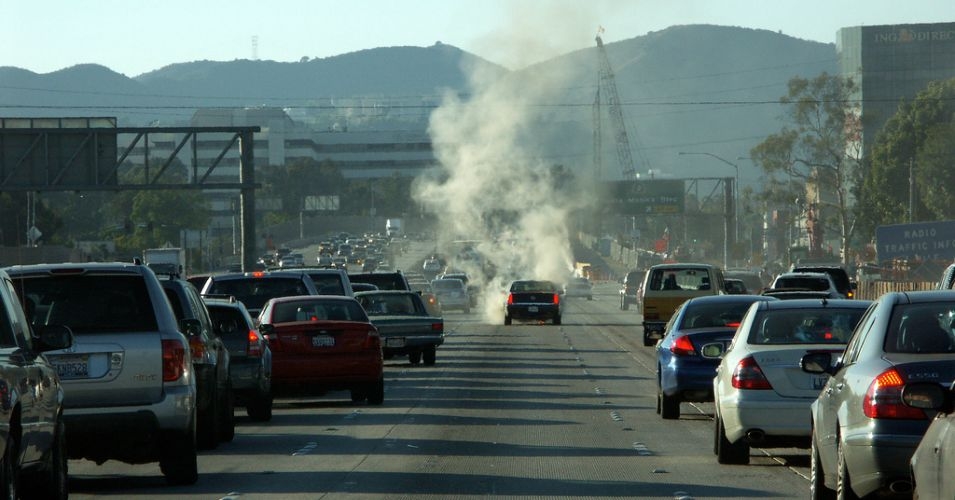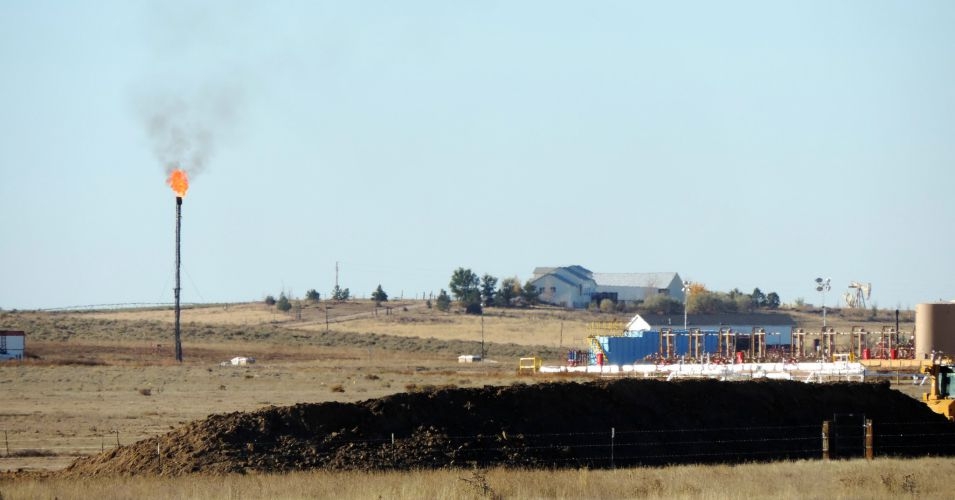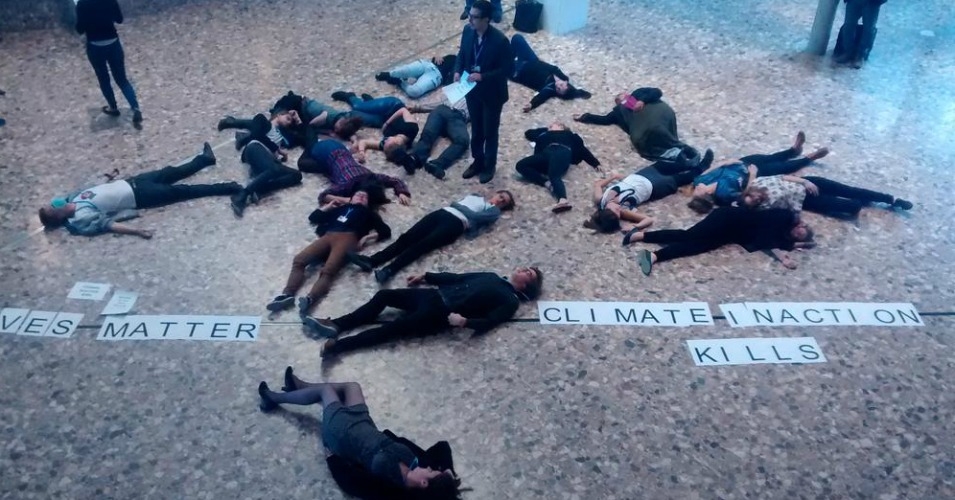Published on Tuesday, May 20, 2014 by Common Dreams
Both fire and ice are telling the same story: Climate change is here. Now.
The world is hot.
The world is melting.
The world is burning.
This is what climate change looks like.
According to new data released by the National Oceanic and Atmospheric Administration (NOAA) on Tuesday, April 2014 tied the one in 2010 as the hottest April since records began.
Also this week, new studies and surveys of scientific findings focused on climate change show that from historic flooding in the Balkans, to 'unprecedented' wildfires in southern California, melting ice sheets in Antarctica to deteriorating glaciers in Greenland—the fast-pace of global warming is pushing the planet further and further into a loop of climate extremes.
It's what author and climate campaigner Bill McKibben describes as the planet "Eaarth" in his book of the same name when he wrote: "Our old familiar globe is suddenly melting, drying, acidifying, flooding, and burning in ways that no human has ever seen. We've created, in very short order, a new planet, still recognizable but fundamentally different. We may as well call it Eaarth."
On Monday of this week, the Associated Press reported how "in the past three months, at least three different studies and reports have warned that wildfires are getting bigger, that man-made climate change is to blame, and it's only going to get worse with more fires starting earlier in the year."
According to AP:
Since 1984, the area burned by the West's largest wildfires — those of more than 1,000 acres — have increased by about 87,700 acres a year, according to an April study in the journal Geophysical Research Letters. And the areas where fire has been increasing the most are areas where drought has been worsening and "that certainly points to climate being a major contributor," study main author Philip Dennison of the University of Utah said Friday.
The top five years with the most acres burned have all happened in the last decade, according to federal records. From 2010-2013, about 6.4 million acres a year burned on average; in the 1980s it was 2.9 million acres a year.
Meanwhile, what doesn't easily burn—namely the world's polar ice sheets and glaciers—are melting at alarming rates due to what experts criticize as modern society's fossil fuel gluttony.
In the New York Times on Wednesday, journalist Kenneth Chang explores the implications of recent studies that warn of massive melting of major ice sheets in Antarctica and Greenland as well as the world's mightiest mountain glaciers. Chang writes:
Centuries from now, a large swath of the West Antarctic ice sheet is likely to be gone, its hundreds of trillions of tons of ice melted, causing a four-foot rise in already swollen seas.
Scientists reported last week that the scenario may be inevitable, with new research concluding that some giant glaciers had passed the point of no return, possibly setting off a chain reaction that could doom the rest of the ice sheet.
For many, the research signaled that changes in the earth’s climate have already reached a tipping point, even if global warming halted immediately.
“We as people see it as closing doors and limiting our future choices,” said Richard Alley, a professor of geosciences at Pennsylvania State University. “Most of us personally like to keep those choices open.”
But these glaciers are just the latest signs that the thawing of earth’s icy regions is accelerating. While some glaciers are holding steady or even growing slightly, most are shrinking, and scientists believe they will continue to melt until greenhouse gas emissions are reined in.
“It’s possibly the best evidence of real global impact of warming,” said Theodore A. Scambos, lead scientist at the National Snow and Ice Data Center.
Combined with the recent publication of two milestone reports on the climate—both the UN's IPCC Fifth Assessment Report on Climate and the U.S. National Climate Assessment—the collective scientific warning about the dangers of climate change have never been more stark or urgent.
New England poet Robert Frost was famous for examining how individuals may prefer the world to "end in fire" or "in ice." If today's scientists are to be believed, however, it appears that when it comes to the end of this world—at least as we've come to know it—everyone will have their preferences met.
______________________________________



